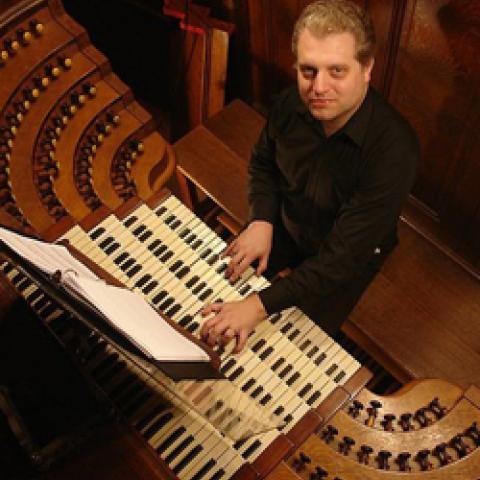
After a 57-year career as a church musician, Richard Cummins has ended his full-time work. The last 37 years were spent as organist and director of music and fine arts at Greene Memorial United Methodist Church in Roanoke, Virginia, where he expanded the church’s Fine Arts Series, winning for it the Perry F. Kendig Award for Excellence in the Arts. Previous to that he had served churches in New Jersey and Pennsylvania.
At Greene Memorial Church in Roanoke, the choir presented many choral works under Cummins’s direction including Requiem settings of Brahms, Saint-Saëns, Fauré, Mozart, David Briggs, Mack Wilberg, and Andrew Lloyd Webber. Other performances featured Masses of Beethoven, Schubert, Haydn, Gounod, and Puccini, as well as major works by Handel, Britten, Bernstein, and others.
Compositions by Richard Cummins have been performed in churches in Europe including St. Paul’s Cathedral and Westminster Abbey in London, Ste. Clotilde and Notre Dame in Paris, in New York at the Riverside Church, Fifth Avenue Presbyterian Church, and in Washington at the Washington National Cathedral.
Richard Cummins is a graduate of Westminster Choir College, Princeton, New Jersey, and the Curtis Institute of Music in Philadelphia, Pennsylvania, where he was a student of Alexander McCurdy. Cummins has performed at New York’s Carnegie Hall with the Westminster Symphonic Choir and the New York Philharmonic under Bruno Walter, Leonard Bernstein, Guido Cantelli, and Igor Stravinsky. Cummins’s CDs have been featured on Pipedreams.



